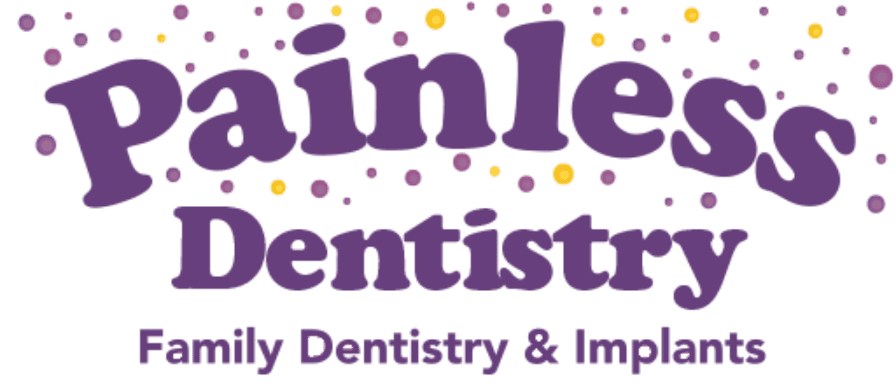Periodontal Therapy
Periodontal disease is an infection or disease that attacks the gums around the teeth and the bone that supports the teeth. Three out of four adults are diagnosed with periodontal disease each year, and millions of people are unaware that they are infected with periodontal disease. Nearly 70 percent of adult tooth loss can be attributed to gum disease.
Signs that you may have periodontal disease include:
- Gums that appear red and puffy
- Bleeding gums
- Persistent bad breath or a bad taste in the mouth
- Spaces that begin to appear between the teeth
- One or more teeth begin to loosen
- Receding gums
- Vague aching, itching or other discomfort
Periodontal disease is often called the “silent disease” because it is almost always painless in the early stages and even in the advanced stages. It is caused by an excessive build up of bacterial plaque on the teeth. As the plaque hardens, toxins are released from the bacteria, causing the gums (soft tissues) to become irritated. The soft tissues around the teeth become increasingly damaged with the progression of the disease, as does the hard tissue, or bone, that supports the teeth.
Periodontal disease is treatable and preventable, especially when diagnosed in the early stages.
Non-Surgical Treatment
A less aggressive alternative therapy for patients not exhibiting the signs and symptoms of severe periodontal disease is non-surgical periodontal treatment.
If you have a mild or moderate infection under your gum tissues, we may advise a more definitive course of treatment known as root planing and deep scaling. A routine hygiene visit or prophylaxis appointment will not treat this problem. The recommended treatment will help to prevent loss of bone and gum tissues and the supporting structures of the teeth. A periodontal evaluation including charting will define the places where this infection exists.
Your treatment may include:
- Local anesthesia
- Analysis of your home care routine and development of a specific personal program for your needs
- Thorough, deep scaling of the infected areas with smoothing and polishing of the root surfaces (also called root planing)
- Application of fluorides and desensitizing solutions
- Antibiotic subgingival medication
- Purchase of professional, powered toothbrush and/or irrigating appliance
The complete control of this problem requires your cooperative efforts at home on a daily basis.
Surgical Treatment
More advanced cases may require surgical treatment, which involves cutting the gums, and removing the hardened plaque build-up and recontouring the damaged bone. The procedure is also designed to smooth root surfaces and reposition the gum tissue so it will be easier to keep clean.
Root Planing
Root planing is a conservative cleaning procedure meant to remove contamination and infection from beneath the gum.
Root planing smoothes and cleans the root of the tooth so that the gum tissue may heal next to the tooth. Root planing is usually performed in one section of the mouth at a time using local anesthesia for your comfort. This non-surgical treatment is often effective in allowing complete healing of early stages of periodontitis and may reduce the extent of surgical treatment needed when performed in more advanced stages of gum disease.
Interested in a
Free Consultation?
Make an Appointment
"*" indicates required fields
Active Members Of:

Ready for your
Perfect Smile?
or Call Now
